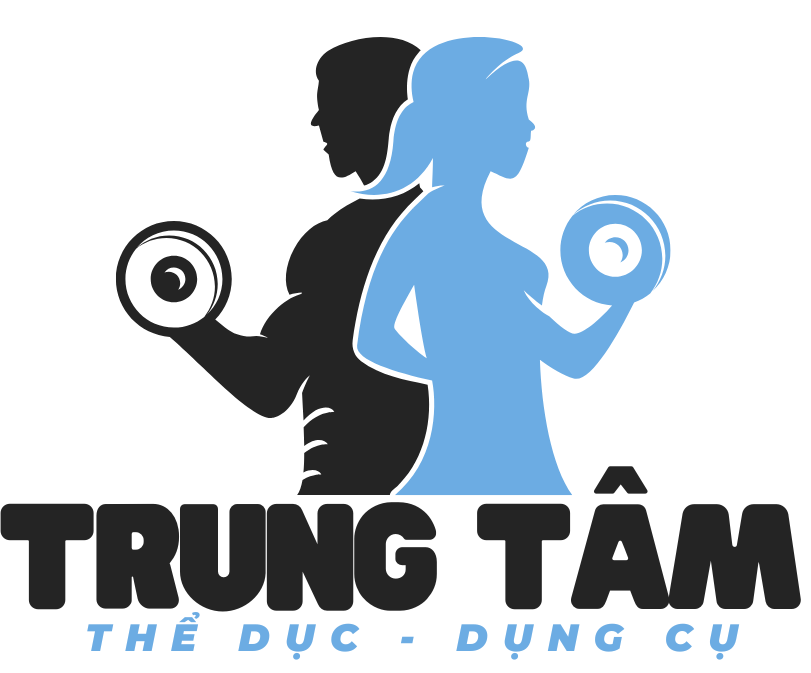TL;DR: Tried out virtual staging for my real estate photography business and it’s been a game changer. This is what happened.
Okay, I’ve been lurking on this sub on hashnode.dev for ages and finally decided to post about my experience with virtual staging. I’m a freelance photographer who’s been photographing properties for about three years now, and virtual staging has revolutionized my career.
How It Started
About a year ago, I was having trouble to keep up in my local market. Everyone seemed to be offering something extra, and I was missing out on jobs left and right.
Then one morning, a property manager asked me if I could make their unfurnished house look more “homey.” I had zero experience with virtual staging at the time, so I awkwardly said I’d look into it.
Learning the Ropes
I dedicated way too much time studying different virtual staging solutions. At first, I was unsure because I’m a traditionalist who believes in what’s actually there.
However, I understood that virtual staging isn’t about fooling buyers – it’s about demonstrating possibilities. Vacant spaces can feel cold, but well-staged areas help potential buyers feel at home.
What I Use
After trying several services, I chose a combination of:
What I use:
- PS for fundamental adjustments
- Professional staging platforms like PhotoUp for detailed staging work
- Adobe Lightroom for color correction
Hardware:
- Canon 5D Mark IV with ultra-wide glass
- Good tripod – absolutely essential
- Flash equipment for proper exposure
Getting Good at It
Let me be real – the beginning were challenging. Virtual staging requires familiarity with:
- Interior design principles
- Matching and complementing hues
- Spatial relationships
- Matching shadows and highlights
My initial work looked clearly artificial. The virtual items didn’t look natural, shadows were wrong, and the whole thing just looked unrealistic.
My Aha Moment
About six months in, something clicked. I began to pay attention to the natural illumination in each room. I discovered that realistic virtual staging is all about believability the existing illumination.
Now, I dedicate significant time on:
- Analyzing the source of natural light
- Mimicking shadow patterns
- Choosing furniture pieces that enhance the room’s character
- Ensuring lighting warmth matches throughout
The Business Impact
This might sound dramatic, but virtual staging transformed my career. What changed:
Income: My standard rate went up by about 70%. Property managers are eager to spend more for complete photo packages.
Repeat Business: Real estate professionals who try my virtual staging packages nearly always come back. Word of mouth has been amazing.
Market Position: I’m no longer fighting on price alone. I’m delivering meaningful results that directly impacts my clients’ listings.
Common Challenges
Let me be transparent about the difficulties I encounter:
Serious Time Commitment: Quality virtual staging is not quick. Each room can take 2-4 hours to do right.
Client Education: Some clients haven’t experienced virtual staging and have wild ideas. I spend time to educate and establish limits.
Software Issues: Tricky room layouts can be nightmare to handle properly.
Keeping Current: Interior design trends change constantly. I continuously expand my design elements.
Advice for Beginners
For anyone thinking about trying virtual staging:
- Begin Gradually: Avoid attempting complex scenes immediately. Get comfortable with simple furniture placement first.
- Learn Properly: Take courses in both photo techniques and design fundamentals. Grasping visual composition is absolutely necessary.
- Create Examples: Work with your practice images in advance of offering services. Develop a impressive showcase of transformation shots.
- Be Transparent: Never forget to disclose that images are computer generated. Honesty protects your reputation.
- Price Appropriately: Don’t undervalue your time and expertise. Professional virtual staging demands expertise and deserves to be valued accordingly.
What’s Next
Virtual staging is rapidly advancing. AI tools are making faster and more realistic results. I’m optimistic to see what innovations will further improve this profession.
Currently, I’m working toward growing my professional skills and potentially training other professionals who are interested in virtual staging.
Wrapping Up
This technology represents one of the best investments I’ve made in my professional life. The learning curve is steep, but the results – both economic and career-wise – have been absolutely worth it.
To those considering it, I’d say give it a shot. Start small, invest in learning, and don’t give up with the learning curve.
Feel free to ask any follow-ups in the replies!
Update: Grateful for all the thoughtful comments! I’ll do my best to answer to as many as possible over the next day or two.
Glad to share someone interested in this career move!
